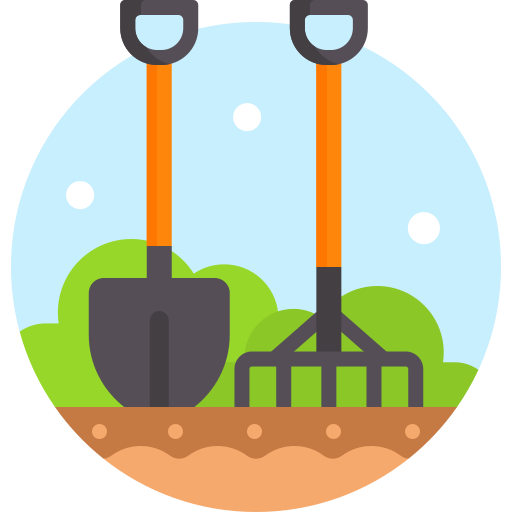- cross-posted to:
- farming@slrpnk.net
- cross-posted to:
- farming@slrpnk.net
Our retention pond in our neighborhood has a lot of algae and problematic plant growth due to the surrounding farms and lawn runoff, so we’re experimenting with a floating island to pull nutrients out before they can cause problems. This will also provide some interesting flowering plants, and more fish habitats.
Will be an interesting experiment to see what survives and what does poorly.
Zinnias, sunflowers, marigolds, and a few others are in net pots, inserted into cutouts in EVA foam mats.
Design is from:
http://www.beemats.com/
More reading:
https://arstechnica.com/science/2024/02/flowers-grown-floating-on-polluted-waterways-can-help-clean-up-nutrient-runoff/
https://www.sciencedirect.com/science/article/pii/S2666765723000637?via%3Dihub


The projects they are doing in Florida say they are targeting 10% surface coverage, that would be unrealistic in our situation, so we’re just going to do our best and balance cost/looks/effort with effectiveness.
Interesting, so less than 10% might be sufficient for your needs? That dosen’t sound too onerous. I was at Fairchild Tropical Garden in Miami, FL some years ago. They had a small pond, roughly 20X30 feet more or less, with Amazonian plants. Initially the local algae was interfering with the Amazonian species, so they put black dye in the water to inhibit the algae. At the time, there was also a showing of Dale Chihuly’s glass work in the garden, including several 1-2 ft. multicolored spheres floating the the black water of the Amazonian pond; looking like alien planets floating in the darkness of space. It may well have been this pond, pictured.
Well, to get to 10% coverage on this pond, we would need 700 of these islands (assuming they were all the same size), which would mean we needed to prep around 37,000 plants every winter to install every spring.
We’ll probably shoot for a more realistic target to start with.